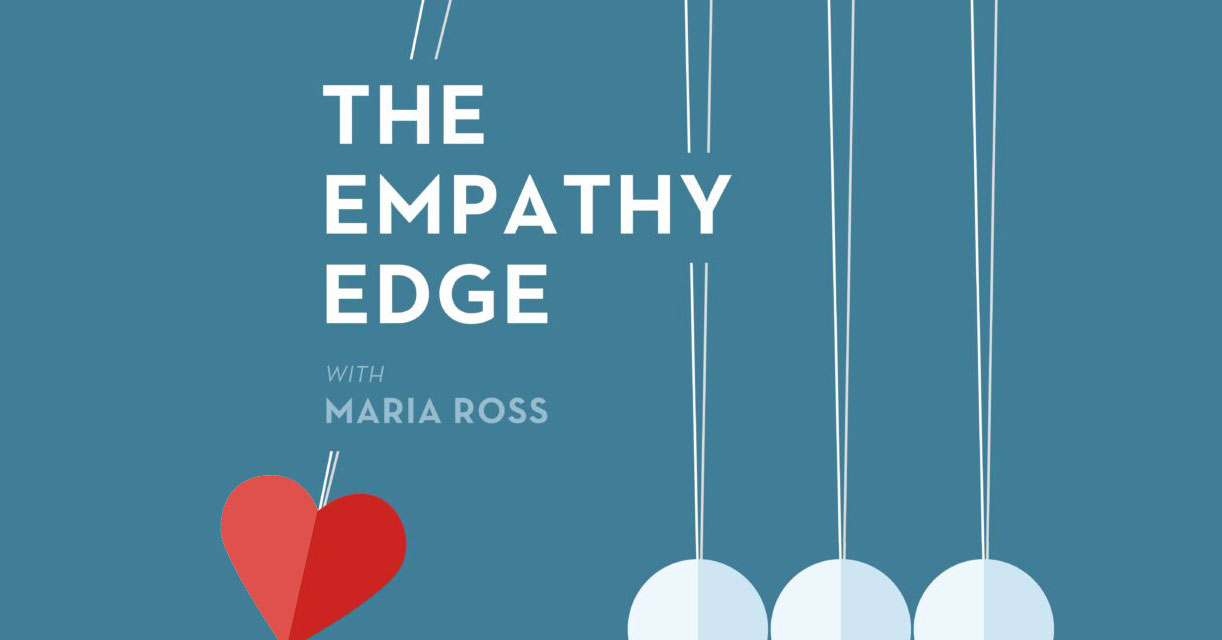What do yoga, the Kama Sutra and brand strategy have in common?
It’s all about the right positioning. (Tweet it!)
When your brand finds the right position to attract the right target customer, it’s like star-crossed lovers meeting in the rain at the Eiffel Tower. It just works. There’s connection. There’s magic.
But what does “positioning” really mean? And how do you land on the right position for your brand? Positioning is not just about ensuring you speak to the right buying drivers of your ideal customer or client, but also about how you stack up against alternate choices.
Think about it in terms of brands you know: Does Porsche really position itself in the same category as a Volkswagen? Are they speaking to the same needs of the same target audience? Heck no. In a past post, I shared how brand analogies are a useful way of wrapping your arms around where your brand plays in the market.
Let’s discuss some broad-brush options – there are nuances to all of these. One is not “better” than the other, as there are markets and customers for everything. And you can offer a few of the same things, but what is going to be your Lead Offer? How do you primarily want the business to be positioned in prospects’ minds?
- PRICE: Price is a good choice if 1) you can achieve volume and 2) you are targeting an audience that cares about price as a buying driver. The fine jeweler Tiffany & Co. doesn’t position based on price, because that’s not why people buy from them. They buy from them because of elegance, cache, and luxury craftsmanship. Walmart, however, positions itself based on “lowest prices” because of their target customer and their volume and reach. Positioning based on low prices has its drawbacks: this strategy attracts the least loyal customers because if they find a lower price elsewhere, that’s where they will go. Someone can always undercut you, and it’s hard to defend long term. Plus, you may not attract the customer or clients you really want. Competing on price has a tendency to “cheapen” your brand and perceived value. Some people may avoid you thinking your low price says something about the quality.
- QUALITY: This positioning is not about price but about value. This message will resonate for people who are not as price sensitive but care about results, aesthetics, or craftsmanship. This position works if your products or services do indeed deliver the highest quality. If you tout high-quality products, they better last. If you are a life coach competing on quality, you’re going to have to have some strong testimonials and success stories to back up this claim. Price becomes a non-starter if you are leading with a quality position.
- EXCLUSIVITY: This position is about scarcity and limited access, as well as cache. It works if you offer a limited amount or only take on a certain type of customer or client, which can be can be perceived as higher value. Again, price is not an issue – and in fact if it’s too low, it could raise red flags. A club with a expensive VIP wait list. A pricey seminar with limited spots. An event planner who only takes on four celebrity weddings a year. This strategy means you may well be targeting a very specific niche of client or customer – so your customer list needs to reinforce this position. Many high-end designers or stylists employ this strategy. With this strategy, you are looking to attract people who want to be “in the know” and appealing to their sense of jealousy or aspiration. They are more attracted to you because it could be something they can’t have!
- SERVICE: Are you all about the customer experience? Do you respond within 8 hours? Do you offer a 100% money back guarantee? Do you customize your consulting offerings based on each client’s needs? Do you offer an amazing concierge service? How do you go above and beyond? Nordstrom combines a quality positioning with a strong customer-service component. So does Zappos. In my book, Branding Basics (2nd Edition) I included many case studies from small businesses that combine a quality position with one of dedicated customer service. Be careful, though, when combining low price and quality service: It’s fine to offer both – Walmart doesn’t necessarily want their employees to be rude to customers, right? But “best quality” and “lowest price” can often contradict each other and confuse two different buying drivers. Again, what is your “lead” position – who is your target market and which do they care about the most?
- PERSONALITY: You can position based on your brand voice, look and feel. How do you you talk and act – and thus, WHO you are talking to? Are you the quirky, playful, whimsical one? The trusted, conservative one? The edgy, innovative one? Again, choose wisely as the personality you position yourself around should map to the person you’re trying to attract and speak to their buying drivers.
Offshoots of a personality-based position include social good: positioning your business not as the best quality, or cheapest price or most exclusive but as the one that benefits a good cause. Tom’s Shoes positions themselves this way to appeal to a certain buyer who is driven to buy based on social responsibility. They may not make the best quality shoes, or even talk about how much they charge. But they are leading with their social good message.
Another offshoot is thought-leadership: is your business, founder or CEO a visionary or does the market look to your business as a bellweather? Think of Tony Hsieh (Shay) from Zappos talking about excellent customer service and “delivering happiness.” Steve Jobs and Apple. I once worked with an IT consultancy client. What they did was not unique but the CEO was an amazing man with an impressive military background and strong values. We combined a thought leadership strategy with a brand voice strategy to make his company stand out from the competition. This may not work for you in the short term or until you achieve scale and reach, but it is something to think about.
OK, great. You know you need a positioning strategy. How do you choose?
- First, take inventory of your strengths and attributes which are authentic to what you can consistently deliver. It’s not the time to pretend to be something you know you can’t possibly deliver. What do you do well, or if you’re rebranding or launching, what will you do well?
- Now, identify those attributes that are most
- Relevant (does your target ideal customer care? Does it speak to how and why they buy?)
- Unique (none of your competitors are positioning this way or going after that particular buying driver. We call this “whitespace” in the market)
- Compelling (which ones will generate buzz and align with your company’s culture and personality?0)
Once you land on your position, you can communicate it through all your brand messaging, customer touchpoints and even look and feel. Kismet. Connection. Ease.
Want guidance in determining your brand position, strengths and voice? Contact me and we’ll talk!
Photo credit: Bozdoz, Benjamin J. DeLong, Flickr




